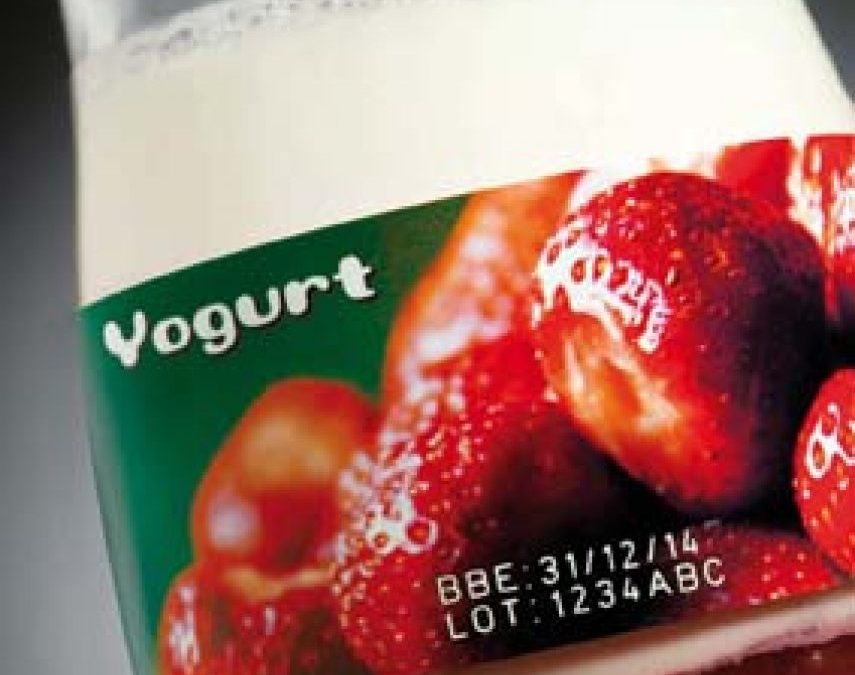TRACEABILITY in the packaging industry forms a very important aspect of the manufacturing process. Over the years the most common method of marking fast moving consumer goods has been ink-jet, but laser marking has been increasingly making inroads in this industry.
That’s according to TracePack, which said more and more companies are finding Ink-jet to be a messy marking method, with a constant need for consumables such as inks and solvents, which is fueling the move towards laser marking.
The benefits of laser marking include the lack of any consumables, and the reliability of high-speed marking, 24/7 without interruption or breakdown.
“Laser marking is suitable for many types of surface, including metals, glass, plastics, papers, woods and much more. It is also a permanent mark, which cannot be smudged or misshaped, which can be the case when using inks with ink-jet marking,” the company said in a statement.
In keeping up with these international trends, TracePack stocks a wide range of laser systems suitable for the FMCG, Pharmaceutical and Food and Beverage industries and are currently dealing with several projects in this respect.
“All of our lasers have the capability of ‘marking on the fly’, and can, therefore, be easily integrated into existing production lines or used as a stand-alone system making it easy to mark logos, 2D codes, QR codes, serial or bath numbers. Furthermore, through the years, lasers have become far more affordable, and easy to move around, with the smallest laser available, being the size of a shoe box.”

